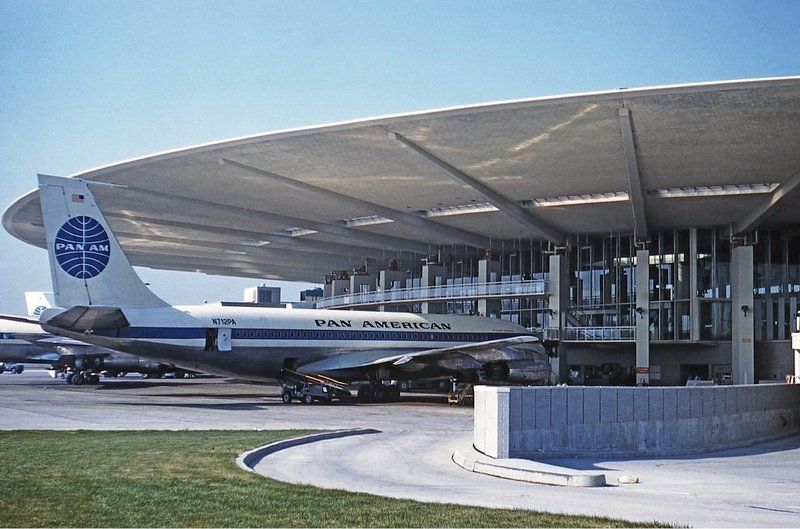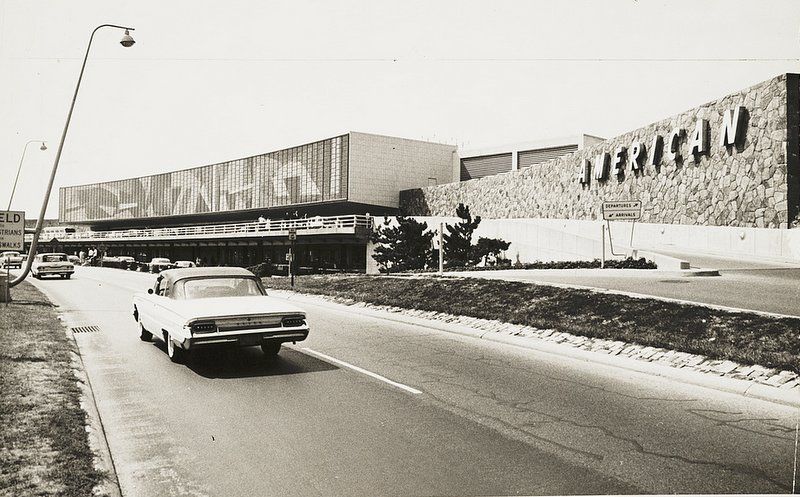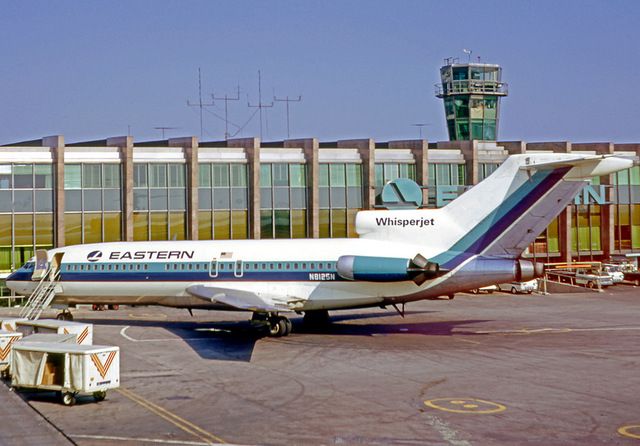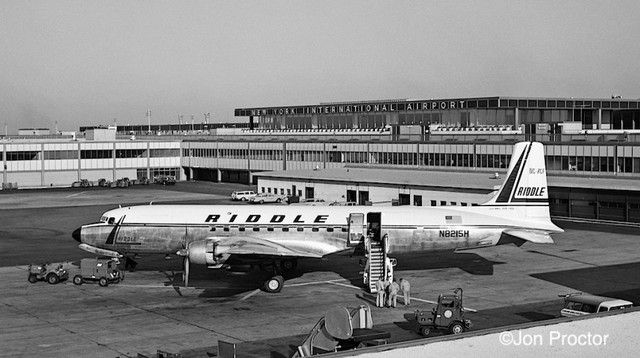After-Hours Tour of the Fraunces Tavern Museum: "Path to Liberty"
Explore a new exhibit inside the oldest building in Manhattan, a witness to history throughout the Revolutionary War Era!


In the Jet Age, the world’s most famous architects were designing terminals for John F. Kennedy Airport. Many of these buildings would not have the same luck as the TWA Flight Center, the iconic, landmarked terminal that will be turned into a hotel after years of preservation activism and support from inside the Port Authority. It may come as surprise that airline companies have control over the fate of historical buildings, but such is the nature of airport architecture, which is perpetually looking forward to accommodating the new trends and demands of jet travel.
Like in the demolitions of Pennsylvania Station and the renovation of Grand Central Terminal, travel must continue undisrupted in any renovation or construction. In January 2023, the oldest existing terminal at JFK Aiport, Terminal 2 opened in 1962, closed and was slated for demolition to make way for a New Terminal One. For a period of time, new and old often sit by side at airports offering passengers and flight industry members a chance to reflect. Here are the lost terminals at JFK Airport:

The Worldport Terminal was designed as a showcase by Ives, Turano & Gardner Associated Architects and Walther Prokosch of Tippets-Abbett-McCarthy-Stratton. In 2013, as the terminal was still in use (but deteriorating), Delta decided to demolish it for airplane parking.
Preservationists called for its reuse, citing its iconic saucer shape architecture and its historic moments (the first home of the Boeing 707 and where The Beatles arrived to America in 1964). It also landed on the National Trust’s 11 Most Endangered Places List that year. Yet, as we analyzed in 2013, the terminal was not a slam dunk for preservation, the most damning were the significant alterations that have occurred to the building over the years. New Yorkers watched as the building was stripped, over a multi-month demolition.

Before the new, fancy American Airlines terminal opened in 2008 there was a mid-century terminal just next door, designed by Kahn and Jacobs in 1960. The front facade featured a 317 foot wide, 23 foot tall work of art by Robert Sowers, the largest stained-glass work in the installation in the world until 1979. Citing prohibitive costs to save the stained glass piece, estimated to be at least $1 million, with more to restore it and reinstall it elsewhere, American Airlines had the the panels taken down. Eileen Clifford, a 29-year-old American Airlines flight attendant even called dozens of conservation groups and museums, hoping one might take the whole piece, but to no avail.
In the end, they went all over the United States, and likely the world: to an American Airlines museum in Texas, the Madison Museum of Fine Art, the Cradle of Aviation Museum in Garden City, Long Island, and the rest to antique shop Olde Good Things, who removed the remaining pieces, restored and sold them.
The I.M. Pei-designed Terminal 6, built in 1970, was designed as an exercise in restraint with an aim towards transparency, the architect sought to “create an environment for travelers that was serene, generous, clear, spacious, simple and dignified,”according to Henry N. Cobb, from Pei Cobb Freed & Partners in New York. Known as the Sundrome, from its conception it was never meant to compete with the audaciousness of the TWA Flight Center. This design decision would ultimately lead, in part, to its demolition in 2011.

The Eastern Airlines Terminal, or Terminal 1, was built in 1959 and designed by Chester L. Churchill. Passengers may remember the Eastern Airlines motto, “if you had wings…”. No longer in operation, Eastern Airlines’ businesses were sold to Continental Airlines, Texas Air and Donald Trump, who bought the shuttle operation. In 1991, the company went bankrupt and the terminal was demolished in 1995.

The International Arrivals Building (IAB) was the first new project when Idlewild Airport was renamed John F. Kennedy Airport. Designed by Skidmore, Owings and Merrill (SOM) it was considered cutting edge, particularly for its “finger piers,” that sat at right angles to the terminal and allowed more airplanes to be parked at the same time. The terminal also had an observation deck. The building opened in 1957 and was demolished to make way for the new IAB Terminal, also designed by SOM, which opened in 2001.
Also in 1959, United Airlines opened Terminal 7 which later became Terminal 9. The building was also designed by Skidmore, Owings and Merrill. In addition to United, it housed Delta before it was acquired Northeast Airlines.
As New York International Airport (commonly known as Idlewild Airport) made its transition to John F. Kennedy International, the original passenger terminal was transformed into a temporary terminal. Looking back, it had an almost beach-like mid-century architecture style due to its impermanence. It was built as an all-in-one facility, and included the original air traffic control tower (first of three), an observation deck of wooden planks, akin to a boardwalk, and a little bar on the roof. It was torn down in 1960.
Next, read about the Top 10 Secrets of JFK Airport and take a look inside the TWA Flight Center at JFK. Get in touch with the author @untappedmich.
Subscribe to our newsletter